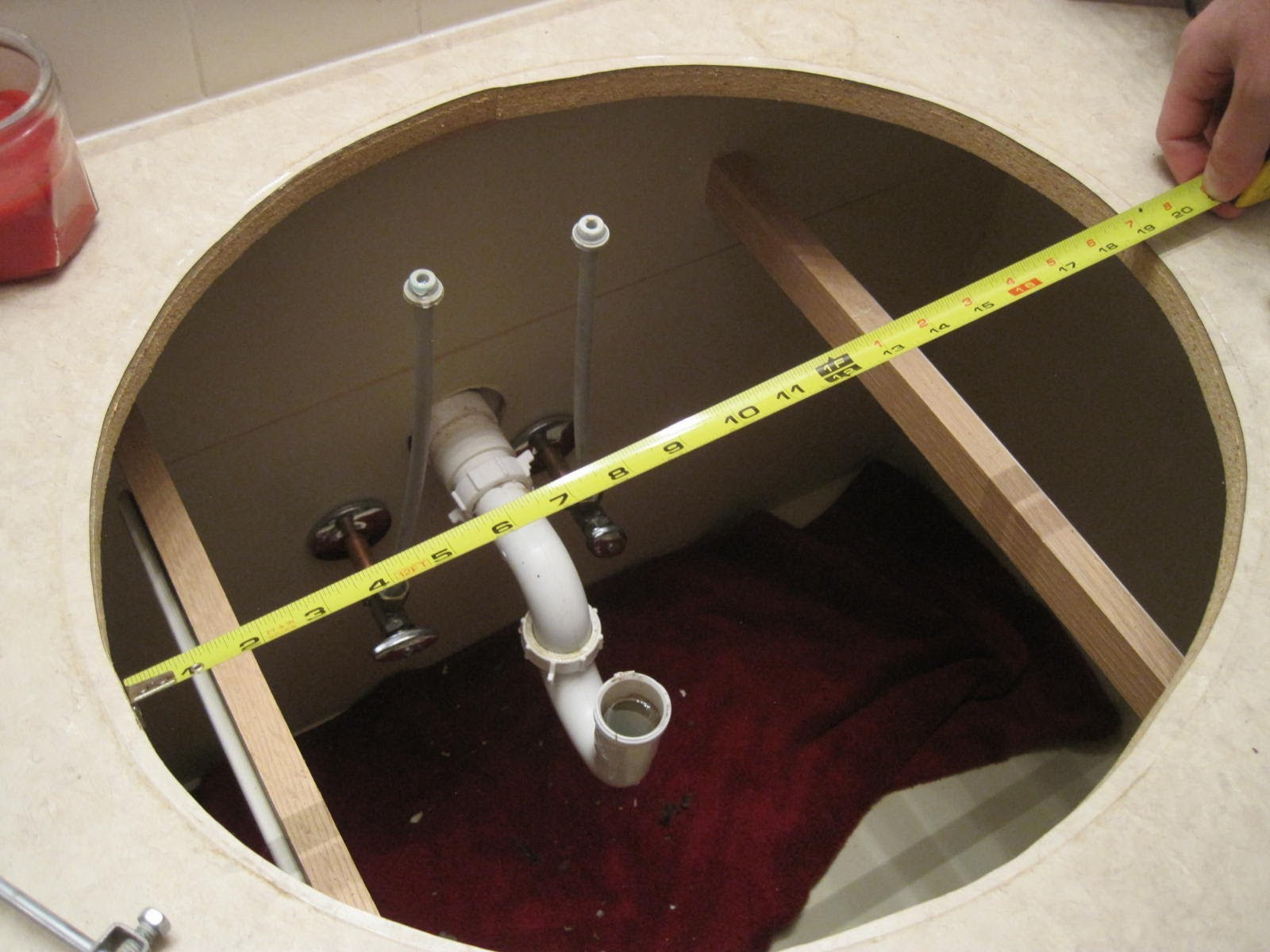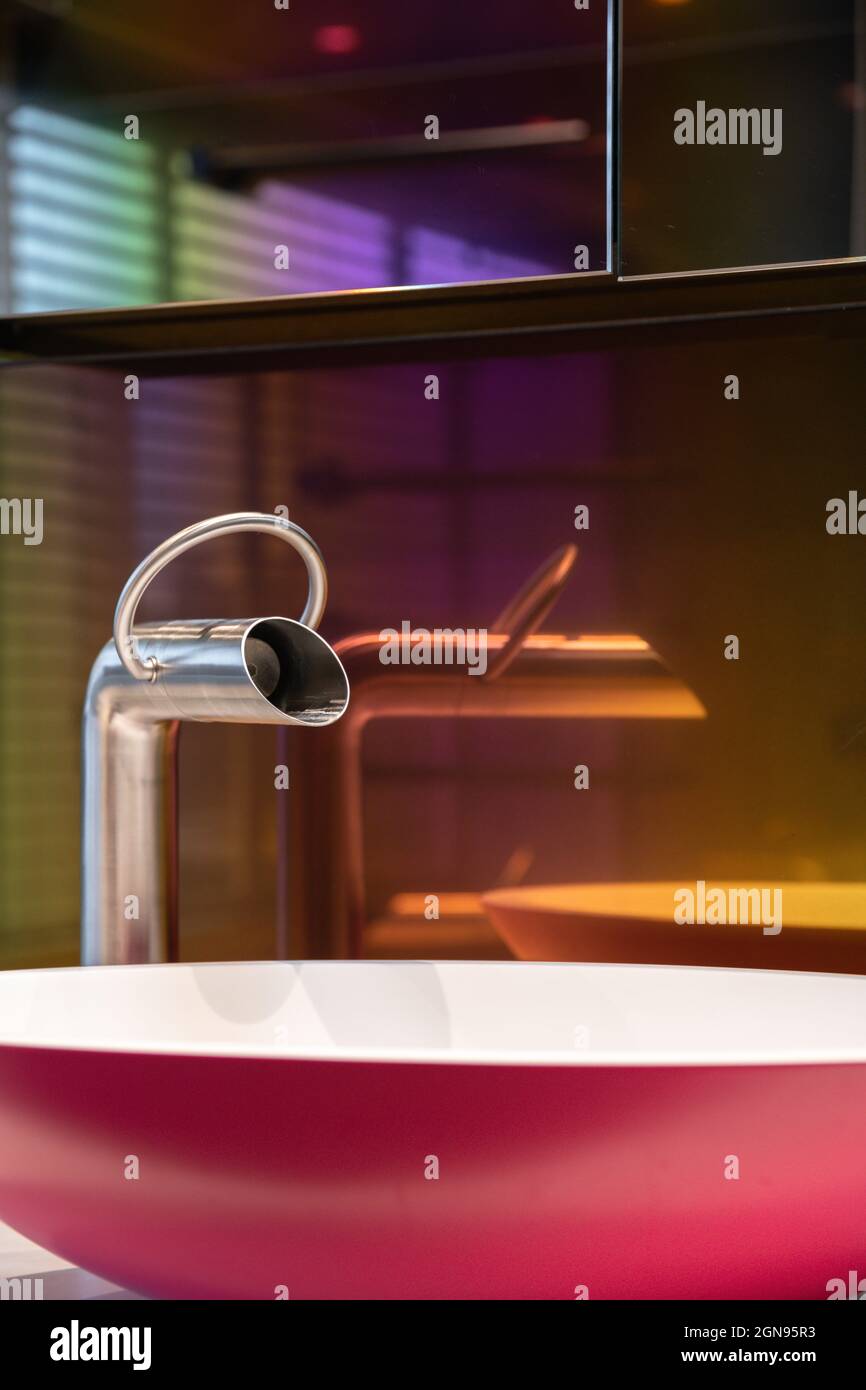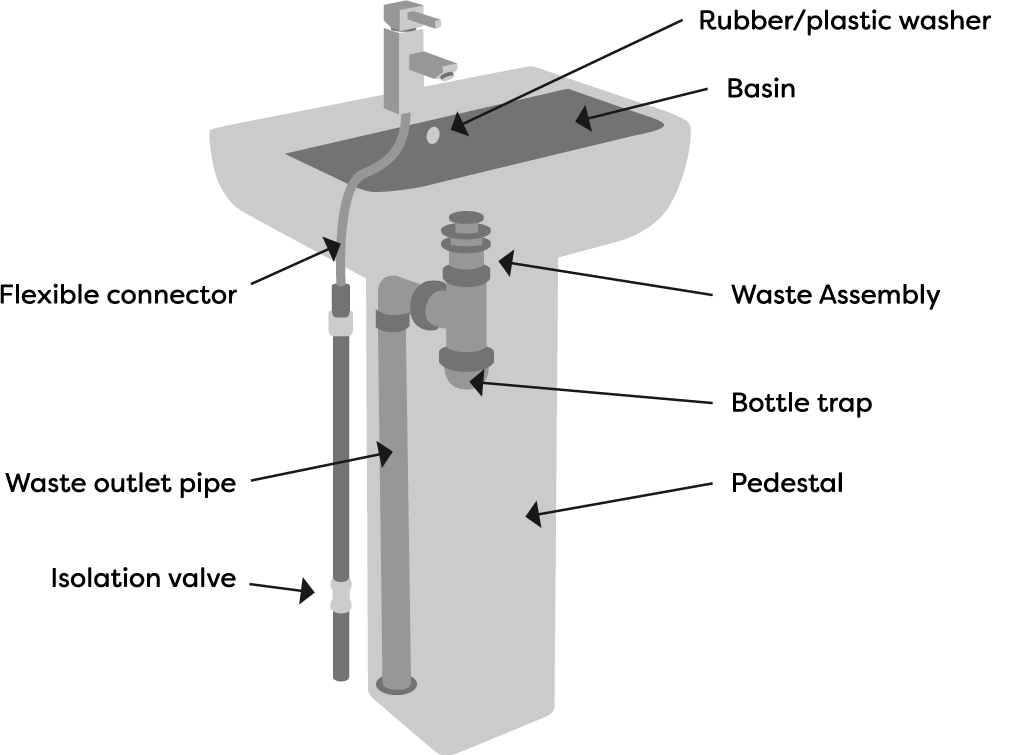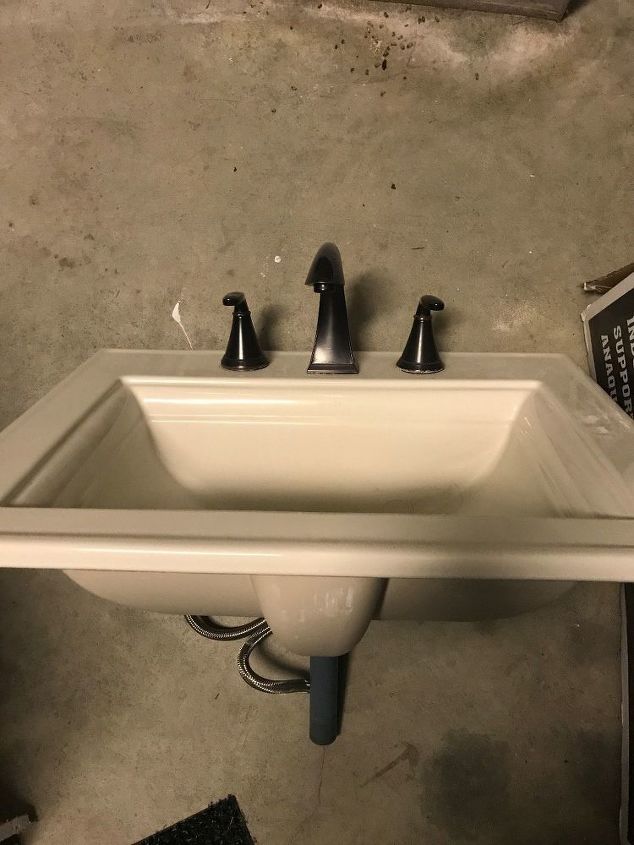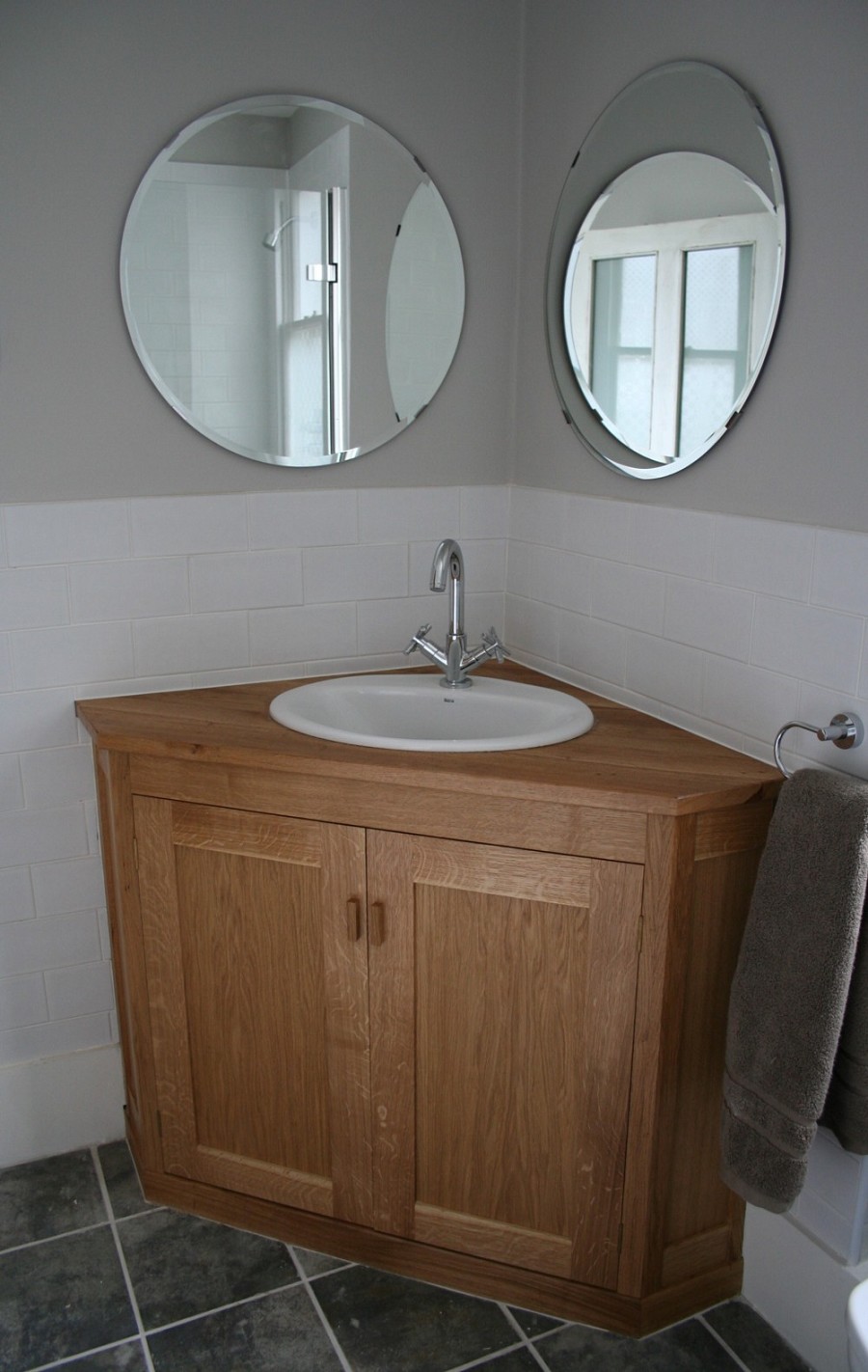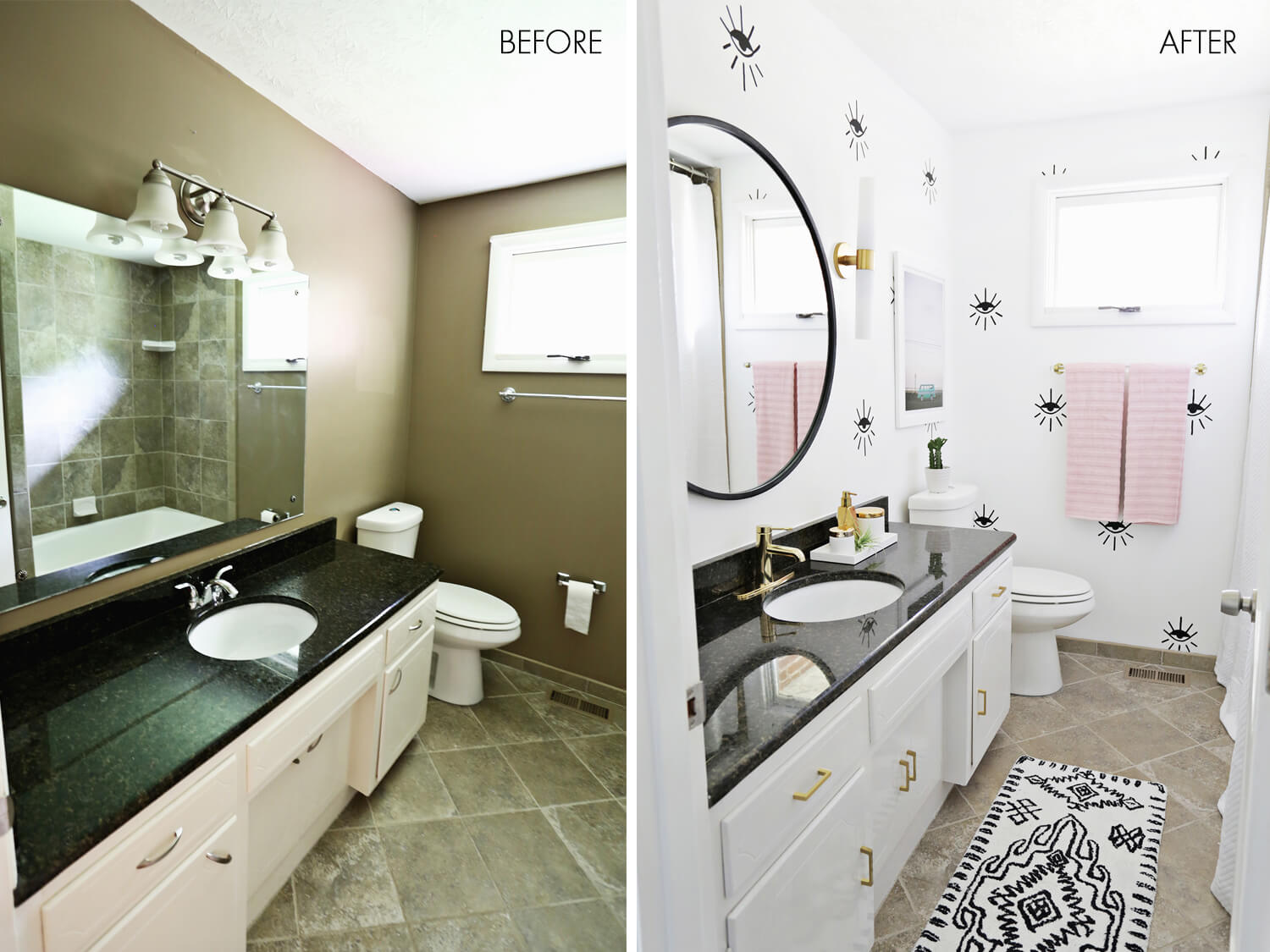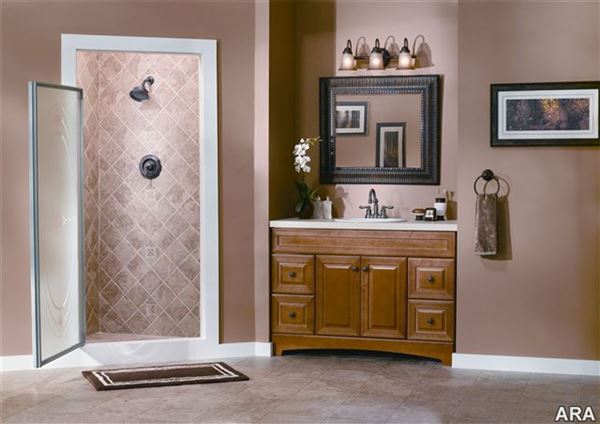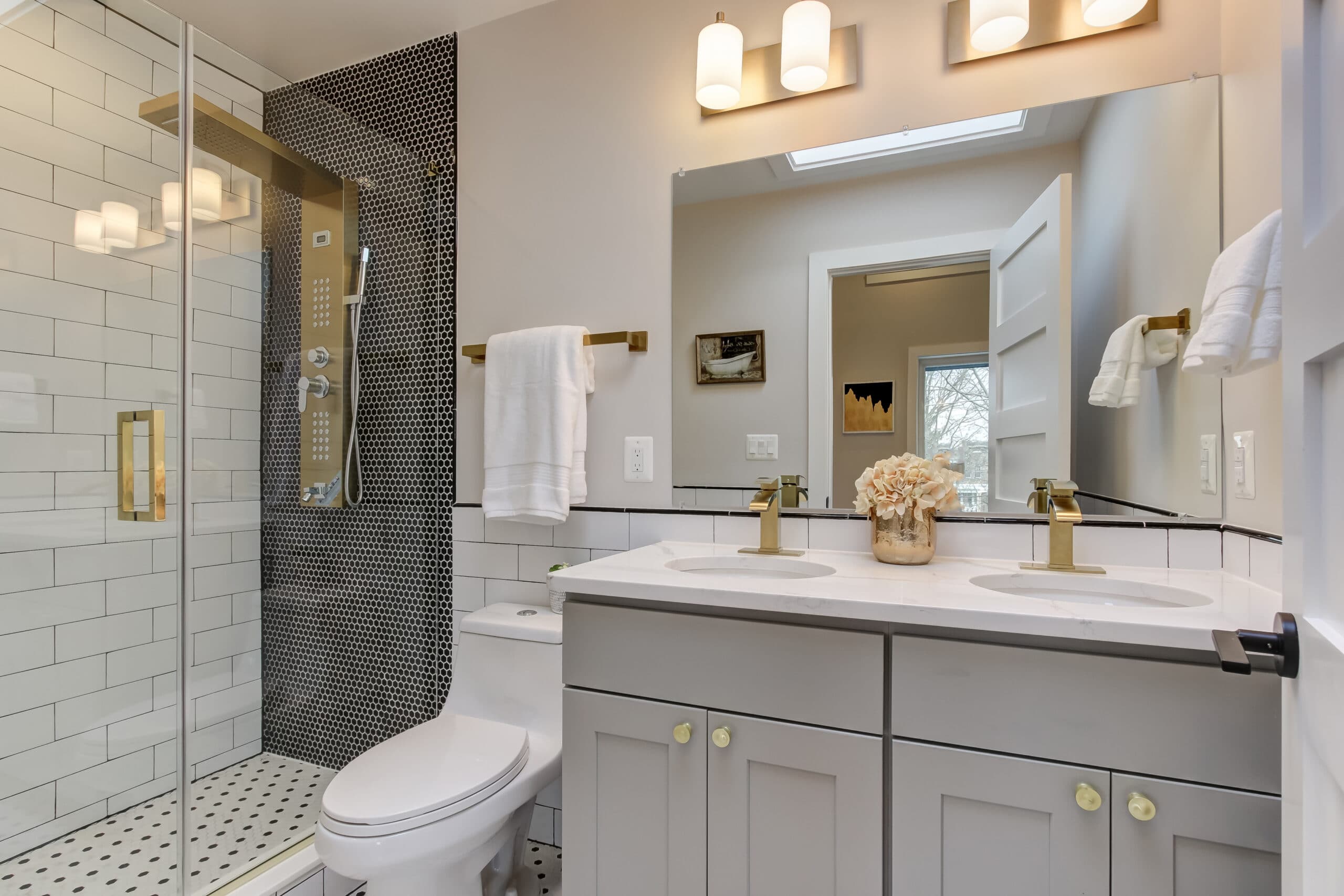Are you tired of looking at your old, outdated bathroom sink? Maybe it has seen better days and is starting to leak or crack. Or maybe you just want to give your bathroom a fresh new look. Whatever the reason may be, replacing your bathroom sink is a relatively simple and affordable way to upgrade your space. In this article, we will discuss the steps and tips for successfully changing your bathroom sink.Replacing a Bathroom Sink
Changing a bathroom sink may seem like a daunting task, but with the right tools and knowledge, it can be done easily and efficiently. The first step is to gather all the necessary supplies, which include a new sink, faucet, drain assembly, plumber's putty, and a wrench. It's also important to turn off the water supply before beginning any work. Next, remove the old sink by disconnecting the water supply lines, the P-trap, and the sink from the countertop. This may require some cutting or loosening of bolts. Once the old sink is removed, clean the area thoroughly and make sure it is free of any debris or old putty.How to Change a Bathroom Sink
If you're feeling handy and want to save some money, replacing your bathroom sink is a great DIY project. However, it's important to have some basic plumbing knowledge and the right tools. It's also crucial to follow all safety precautions, such as turning off the water supply and wearing protective gear. There are many online tutorials and videos available to guide you through the process of changing a bathroom sink. But if you're not confident in your skills, it's always best to hire a professional to avoid any potential disasters.DIY Bathroom Sink Replacement
Changing your bathroom sink not only improves the functionality of your space but also adds a touch of style. There are various sink options available, from traditional porcelain sinks to modern vessel sinks. You can also choose from different materials, such as ceramic, glass, or stone. When upgrading your bathroom sink, it's essential to consider the overall style and design of your bathroom. You want your sink to complement the rest of the space and not clash with it. It's also a good idea to choose a sink with a similar size and shape as your previous one to avoid any major alterations to your countertop.Upgrading Your Bathroom Sink
When removing the old sink, it's crucial to be gentle to avoid damaging the countertop. If you're installing a sink with a different shape or size, you may need to cut or modify the countertop. It's best to measure and mark the countertop before making any cuts to ensure accuracy. Next, install the new sink by applying plumber's putty around the edges and carefully placing it onto the countertop. Secure the sink in place with mounting clips or brackets and reconnect the water supply lines and drain assembly. Once everything is connected and secure, turn on the water supply and check for any leaks.Removing and Installing a New Bathroom Sink
To summarize, here is a step-by-step guide for successfully changing your bathroom sink: 1. Gather all necessary supplies 2. Turn off water supply 3. Remove old sink 4. Clean area thoroughly 5. Prepare countertop for new sink 6. Install new sink 7. Reconnect water supply and drain assembly 8. Turn on water supply and check for leaksStep-by-Step Guide for Changing a Bathroom Sink
When replacing your bathroom sink, here are some helpful tips to keep in mind: 1. Measure and plan before making any cuts to the countertop 2. Use plumber's putty to create a watertight seal around the sink 3. Don't overtighten bolts or connections to avoid damaging the sink or countertop 4. Consider hiring a professional for more complicated installations 5. Choose a sink that complements your bathroom's style and designBathroom Sink Replacement Tips
With so many options available, it can be overwhelming to choose the right bathroom sink for your renovation. It's important to consider the style, size, and material of the sink, as well as your budget. It's also a good idea to consult with a professional or do some research to determine which type of sink will work best for your space. For a small bathroom, a pedestal sink or wall-mounted sink can save space and create a more open feel. Vessel sinks can add a unique touch to any bathroom and come in various materials and designs. Undermount sinks are great for a seamless look and are easy to clean. Ultimately, the right sink for your renovation will depend on your personal preferences and the overall design of your bathroom.Choosing the Right Bathroom Sink for Your Renovation
If you're on a tight budget but still want to upgrade your bathroom sink, there are many affordable options available. Consider refinishing your current sink with a new coat of paint or adding new hardware for a fresh look. You can also swap out your outdated faucet for a modern one to instantly update your sink. Don't be afraid to get creative and think outside the box for budget-friendly upgrades.Budget-Friendly Bathroom Sink Upgrades
While replacing a bathroom sink may seem like a straightforward task, there are some common mistakes that people make. These include not turning off the water supply, using the wrong tools, or not properly sealing the sink. It's also crucial to carefully measure and plan before making any cuts to the countertop to avoid costly mistakes. Another mistake is not following manufacturer instructions or properly securing the sink in place. This can lead to leaks and potential damage to the countertop. It's always best to thoroughly research and consult with a professional if you're unsure about any step in the process. In conclusion, changing your bathroom sink is a simple and affordable way to upgrade your space. By following the tips and steps outlined in this article, you can successfully replace your bathroom sink and create a fresh new look for your bathroom. Whether you're looking to DIY or hire a professional, a new sink will add both functionality and style to your bathroom renovation.Common Mistakes to Avoid When Changing a Bathroom Sink
How to Change Your Bathroom Sink: A Step-by-Step Guide

Step 1: Assess Your Current Sink
 Before you start the process of changing your bathroom sink, it's important to take a good look at your current sink and assess its condition. Is it old and outdated? Is it damaged or leaking? Are you looking for a more modern or functional design? Identifying the reasons why you want to change your sink will help guide your decision-making process and ultimately result in a better outcome.
Before you start the process of changing your bathroom sink, it's important to take a good look at your current sink and assess its condition. Is it old and outdated? Is it damaged or leaking? Are you looking for a more modern or functional design? Identifying the reasons why you want to change your sink will help guide your decision-making process and ultimately result in a better outcome.
Step 2: Choose the Right Sink
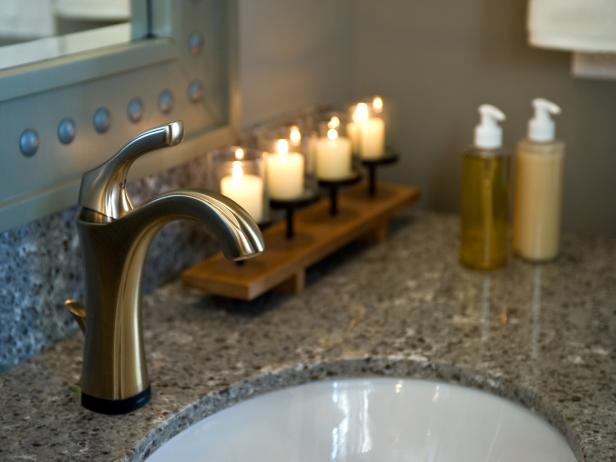 Once you've assessed your current sink, it's time to choose a new one that fits your needs and style preferences. There are a variety of sink options available, including pedestal sinks, vessel sinks, and undermount sinks. Consider the size and layout of your bathroom, as well as your budget, when making your decision.
Remember to also keep in mind the overall design and aesthetics of your bathroom to ensure a cohesive look.
Once you've assessed your current sink, it's time to choose a new one that fits your needs and style preferences. There are a variety of sink options available, including pedestal sinks, vessel sinks, and undermount sinks. Consider the size and layout of your bathroom, as well as your budget, when making your decision.
Remember to also keep in mind the overall design and aesthetics of your bathroom to ensure a cohesive look.
Step 3: Gather Your Tools and Materials
 Before you start the installation process, make sure you have all the necessary tools and materials. This may include a wrench, screwdriver, plumber's putty, silicone caulk, and a new drain and faucet if needed. Make sure to also read the instructions that come with your new sink to ensure you have everything you need.
Before you start the installation process, make sure you have all the necessary tools and materials. This may include a wrench, screwdriver, plumber's putty, silicone caulk, and a new drain and faucet if needed. Make sure to also read the instructions that come with your new sink to ensure you have everything you need.
Step 4: Remove the Old Sink
 Begin by turning off the water supply to your sink. Then, disconnect the water supply lines and the drain pipe from the sink. You may need to use a wrench to loosen any tight connections. Once everything is disconnected, carefully remove the old sink from the countertop.
Be sure to also clean any leftover caulk or adhesive from the countertop to ensure a smooth surface for the new sink.
Begin by turning off the water supply to your sink. Then, disconnect the water supply lines and the drain pipe from the sink. You may need to use a wrench to loosen any tight connections. Once everything is disconnected, carefully remove the old sink from the countertop.
Be sure to also clean any leftover caulk or adhesive from the countertop to ensure a smooth surface for the new sink.
Step 5: Install the New Sink
 Follow the instructions provided with your new sink to properly install it. This may involve attaching mounting brackets, connecting the faucet and drain, and securing the sink to the countertop. Be sure to double check all connections and tighten them as needed.
Follow the instructions provided with your new sink to properly install it. This may involve attaching mounting brackets, connecting the faucet and drain, and securing the sink to the countertop. Be sure to double check all connections and tighten them as needed.
Step 6: Reconnect the Water Supply and Drain
 Once your new sink is securely installed, reconnect the water supply lines and drain pipe. Turn the water supply back on and check for any leaks. If everything looks good, you're all set!
Once your new sink is securely installed, reconnect the water supply lines and drain pipe. Turn the water supply back on and check for any leaks. If everything looks good, you're all set!
Step 7: Finishing Touches
 After successfully changing your bathroom sink, take some time to add some finishing touches to enhance the overall look and functionality of your space. This may include updating the faucet handles, adding a backsplash, or installing new lighting.
Remember to also properly dispose of your old sink and any leftover materials.
Changing your bathroom sink may seem like a daunting task, but with the right tools and a step-by-step guide, it can be a simple and rewarding DIY project. By following these steps and choosing the right sink for your space, you can transform your bathroom and add value to your home.
So go ahead and give your bathroom a fresh new look with a new sink today!
After successfully changing your bathroom sink, take some time to add some finishing touches to enhance the overall look and functionality of your space. This may include updating the faucet handles, adding a backsplash, or installing new lighting.
Remember to also properly dispose of your old sink and any leftover materials.
Changing your bathroom sink may seem like a daunting task, but with the right tools and a step-by-step guide, it can be a simple and rewarding DIY project. By following these steps and choosing the right sink for your space, you can transform your bathroom and add value to your home.
So go ahead and give your bathroom a fresh new look with a new sink today!








